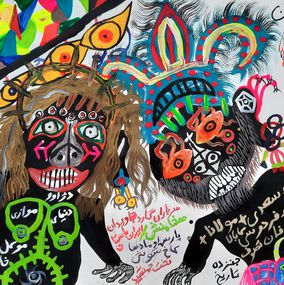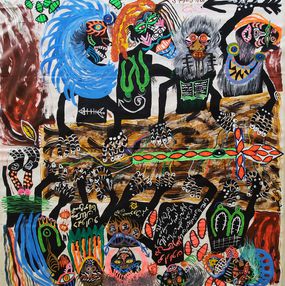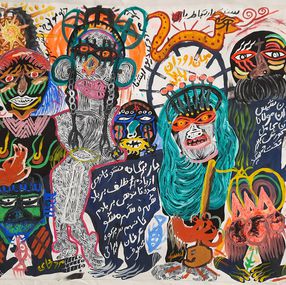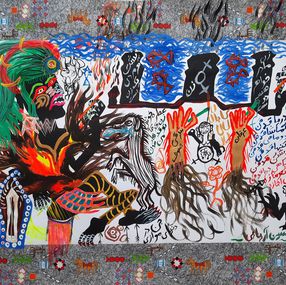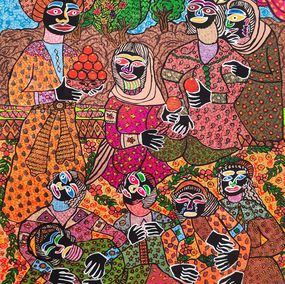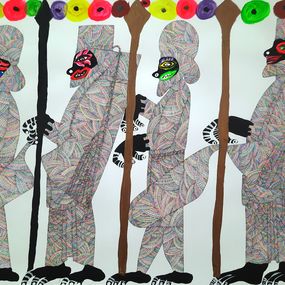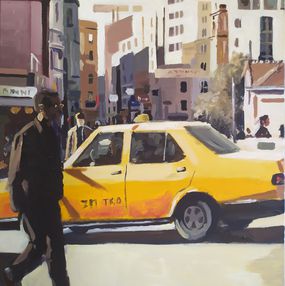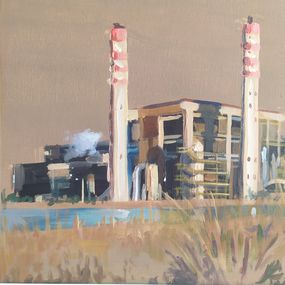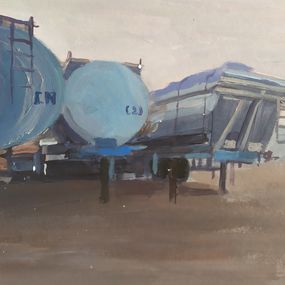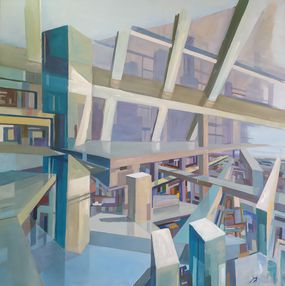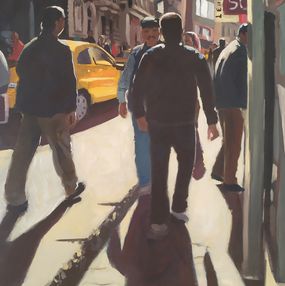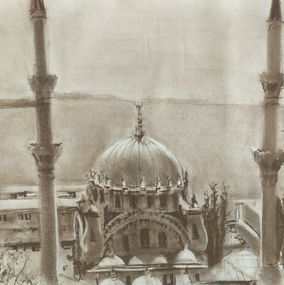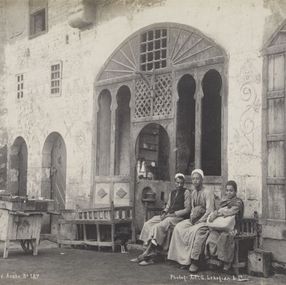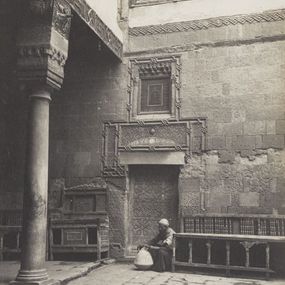
Islamic Art
Islamic art is a part of Islamic culture and encompasses the visual arts produced since the 7th century by people who lived within territories inhabited or ruled by Muslim populations. Referring to characteristic traditions across a wide range of lands, periods, and genres, Islamic art is a concept first used by Western art historians in the late 19th century.
The early developments of Islamic art were influenced by Roman art, Early Christian art, particularly Byzantine art, and Sasanian art, with later influences from Central Asian nomadic traditions. Chinese art had a significant influence on Islamic painting, pottery, and textiles. From its beginnings, Islamic art has been based on the written version of the Quran and other seminal religious works, which is reflected by the important role of calligraphy, representing the word as the medium of divine revelation.
Public Islamic art is traditionally non-representational, except for the widespread use of plant forms, usually in varieties of the spiraling arabesque. These are often combined with Islamic calligraphy, geometric patterns in ceramic, tiling or metal work. Other forms of Islamic art include artifacts like Islamic glass or pottery, and textile arts, such as carpets and embroidery. A key form of Islamic art exists in the long tradition of miniature painting. These pictures were often meant to illustrate well-known historical or poetic stories. Some interpretations of Islam, however, include a ban of depiction of animate beings, also known as aniconism. Islamic aniconism stems in part from the prohibition of idolatry and in part from the belief that creation of living forms is God's prerogative.
Discover the many Artsper artists creating Islamic art today! From all mediums of artistry, color and tone, here are the artists to note!





